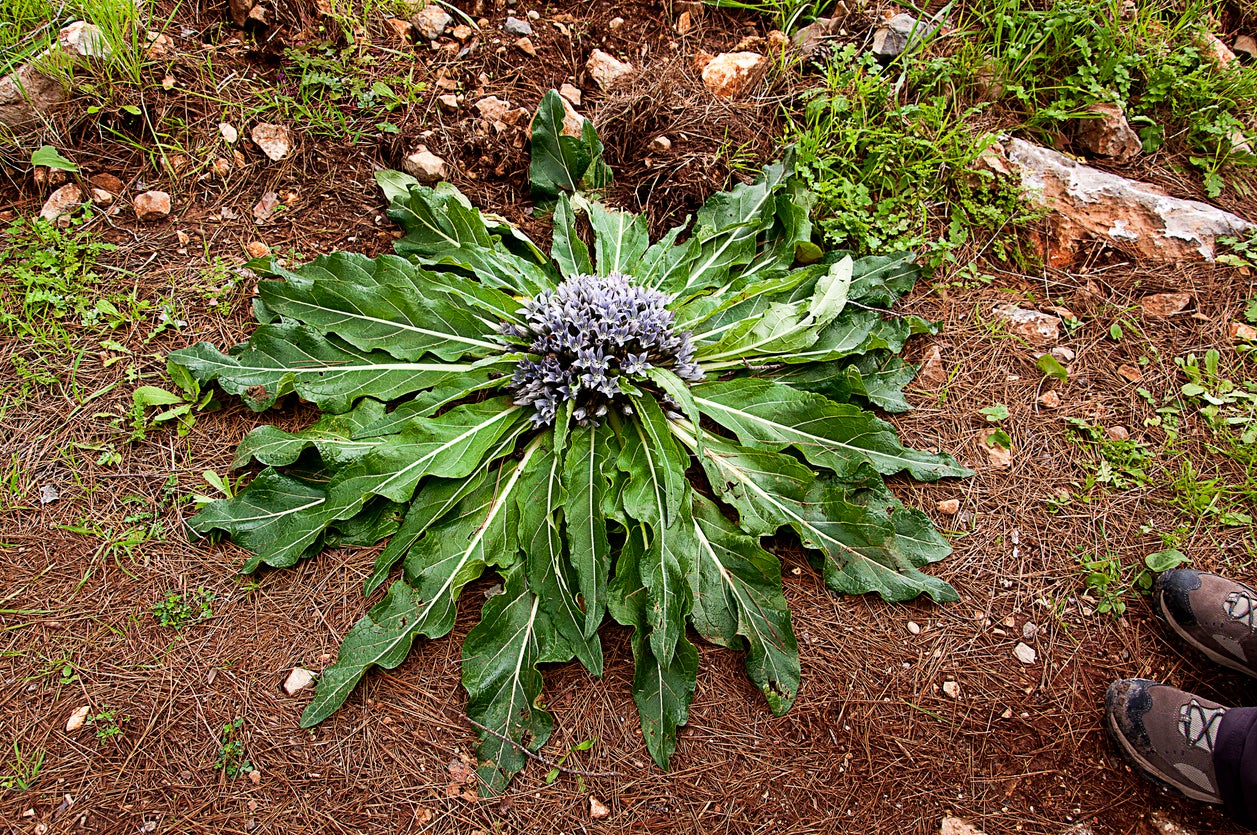Mandrake Division – How To Divide Mandrake Roots


Growing mandrake is a way to add history and myth to your garden. Known since ancient times, this Mediterranean native has long been used medicinally and feared for supposed associations with the devil and deadly roots – the plant is toxic. Mandrake division is one way to propagate this plant, but the roots are sensitive to disturbance, so it must be done with care.
About Mandrake Roots and Rhizomes
Mandrake, Mandragora officinarum, is most famous for its root. The large, thick taproot splits characteristically into a shape that resembles the human form. This gave rise to many of the legends associated with the plant.
Mandrake plants propagate naturally through rhizomes. These fleshy, underground growths are actually specially adapted stems. They grow under the soil and send out new shoots and roots. These develop out of the rhizome’s nodes. Rhizomes spread out to the sides of a plant and send up shoots for new plants above ground.
How to Divide Mandrake
Splitting mandrake plants’ rhizomes is one way to propagate them by hand. A word of caution, though: mandrake roots are sensitive and do not like to be moved or disturbed. Dividing perennials is often something gardeners do to keep them healthy and to avoid crowding. But with mandrake, it’s sometimes best to just leave it alone. If you do want to divide them, don’t do it often.
Here are some guidelines for separating mandrake roots and rhizomes to propagate the plants or thin a stand:
- Attempt division in the spring or fall.
- Use a spade to dig out the entire plant. The mandrake taproots can be long, so dig down with a shovel if necessary.
- Cut the rhizome into pieces, but make sure that each piece is connected to a root and buds. Use a sharp knife.
- Plant the pieces in a new spot. A rhizome should be planted to a depth that is half its width, no deeper.
- Make sure you plant the rhizomes with enough space between them to grow and spread.
Growing mandrake can be rewarding, but division requires careful work so as not to destroy the root or plant. Also, remember to be careful with this plant because of its toxicity. It should never be consumed and should be kept out of reach of pets and kids.
Sign up for the Gardening Know How newsletter today and receive a free copy of our e-book "How to Grow Delicious Tomatoes".

Mary Ellen Ellis has been gardening for over 20 years. With degrees in Chemistry and Biology, Mary Ellen's specialties are flowers, native plants, and herbs.